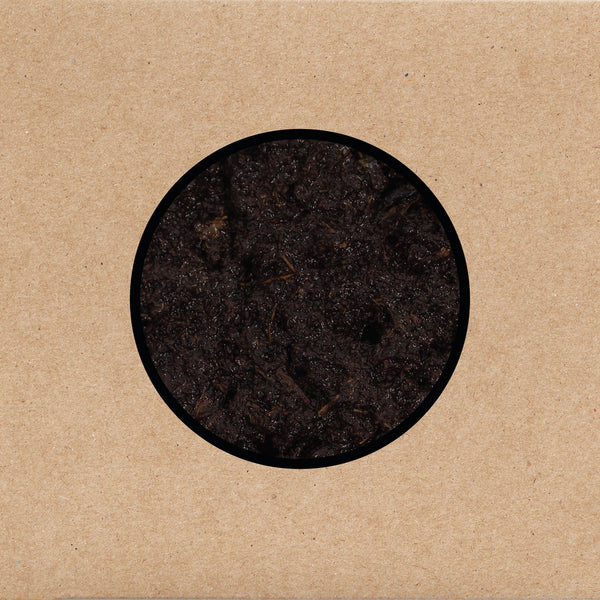The city of Santa Barbara recently announced that Glen Annie Golf Course, which is across Cathedral Oaks Road from Dos Pueblos High School, has been selected for residential rezoning. This will lead to long-lasting damage to the area.
The first big problem is the immense amount of traffic that 2,000 more homes would cause. The intersection of Glen Annie Road and Storke Road is already chaotic enough in the morning and afternoon. Now, imagine what it would look like with thousands more people living nearby.
Junior Daniel Switzer pointed out that there are already large traffic jams after school.
“The traffic will be really bad already on the freeway for the Glen Annie exit,” Switzer said. “I think it’s backed up almost to the exit before.”
Another issue is the impact that a housing development would have on the natural landscape of Western Goleta. Once the housing development is built, it will be impossible for the land to be protected from further environmental damage. It would be much easier to turn the current golf course into a public park than it would be to turn it into a housing development.
The housing development would also cause harm to local agriculture. Glen Annie Organics has already sued over the immense environmental damage that the housing development would cause. It’s not just the construction that will cause damage — it’s the amount of people who will be living there that will be a problem, too.
There are also better places to build a housing development than one of the last open areas in Goleta. Vacant properties on already developed land could be removed and replaced with a housing development. An example of this is the project to redevelop La Cumbre Plaza. We could also make buildings taller. If we add second or third floors to buildings, the space would be roughly equivalent to building two more in the same footprint.
Switzer is also concerned about the amount of water that the housing development would use.
”We get droughts all of the time in Santa Barbara, and you don’t have that much extra water, and that much more housing would decrease our water supply even more,” Switzer said.








